Doq - Universal Dock Adapter

Developed 2013 - 2014
In 2009 I bought a car equipped with an iPod dock interface. As an iPod user, I found it convenient to connect my device to the car, enabling me to enjoy my music library while driving. I had control over playback functions (play/pause, track selection, etc.) through the steering wheel and head unit, and had track metadata (artist, title, album) displayed on the head unit and dashboard. It was a simple and seamless integration, whose comfort I lost when I switched to streaming Spotify from an Android phone through the AUX input. The car had a Bluetooth integration, but only for hands-free calling.
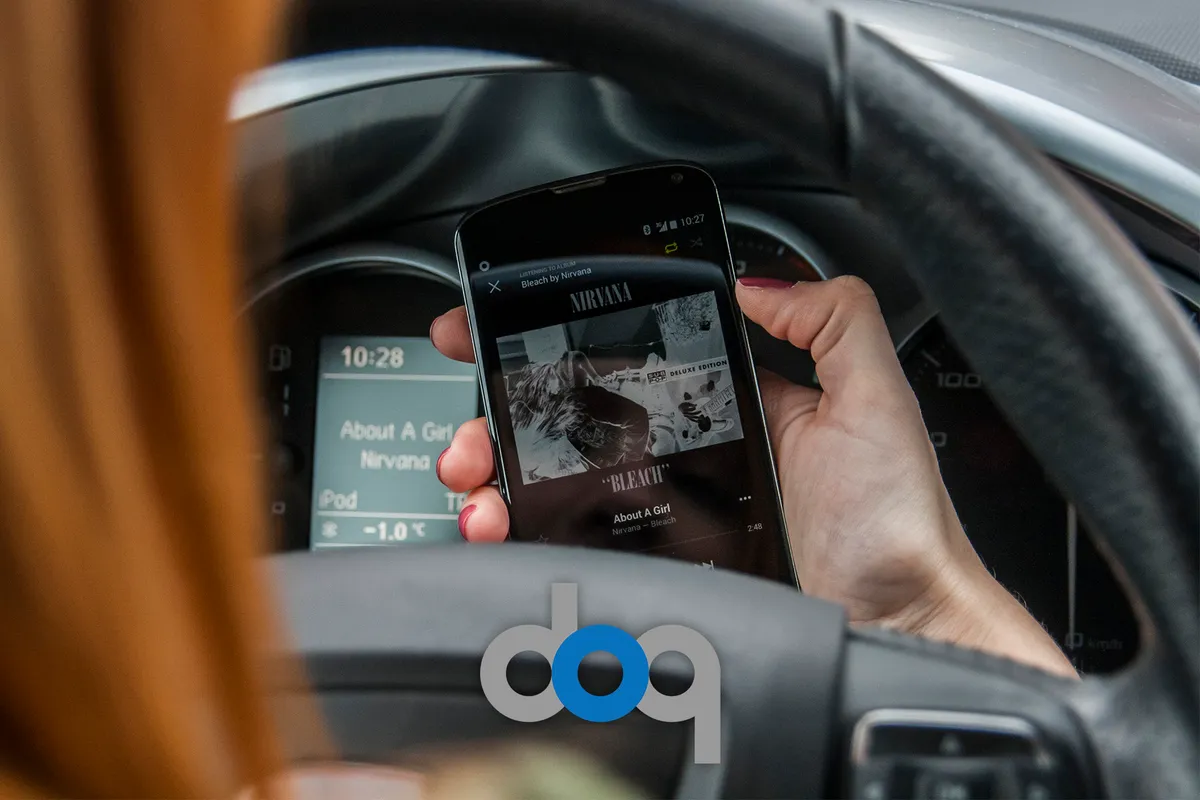
In search of a solution to bridge Bluetooth audio to a dock interface, I found several adapters on the market. They were inexpensive, but ineffective in cars, because they functioned merely as AUX adapters: they received a digital audio signal over Bluetooth and converted it to an analog output through the dock connector. However, they did not support Apple’s iPod Accessory Protocol (iAP), which many cars, including mine, required to use the iPod interface. In autumn 2012, I found a promising Kickstarter campaign for a dock adapter named “auris”. It received significant media attention, but also failed to support iAP, and so I started working on my own solution.
-
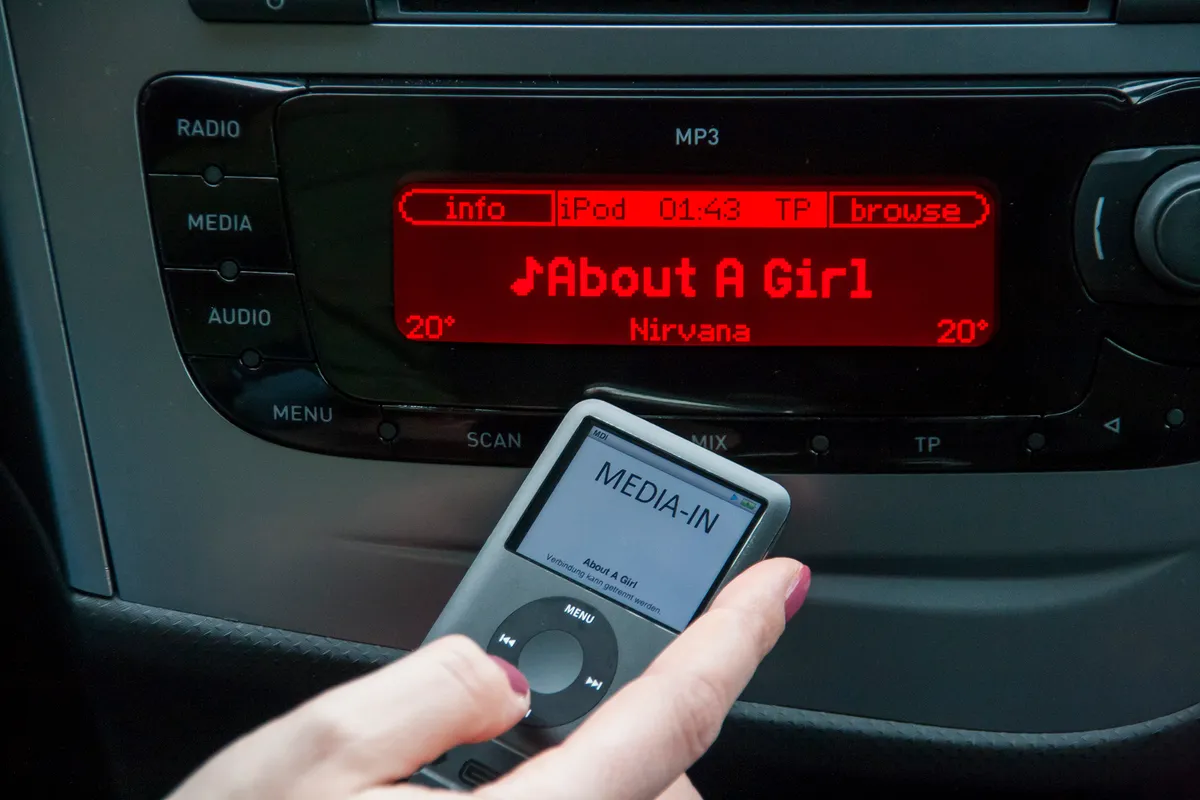
Before: an iPod connected to a car -
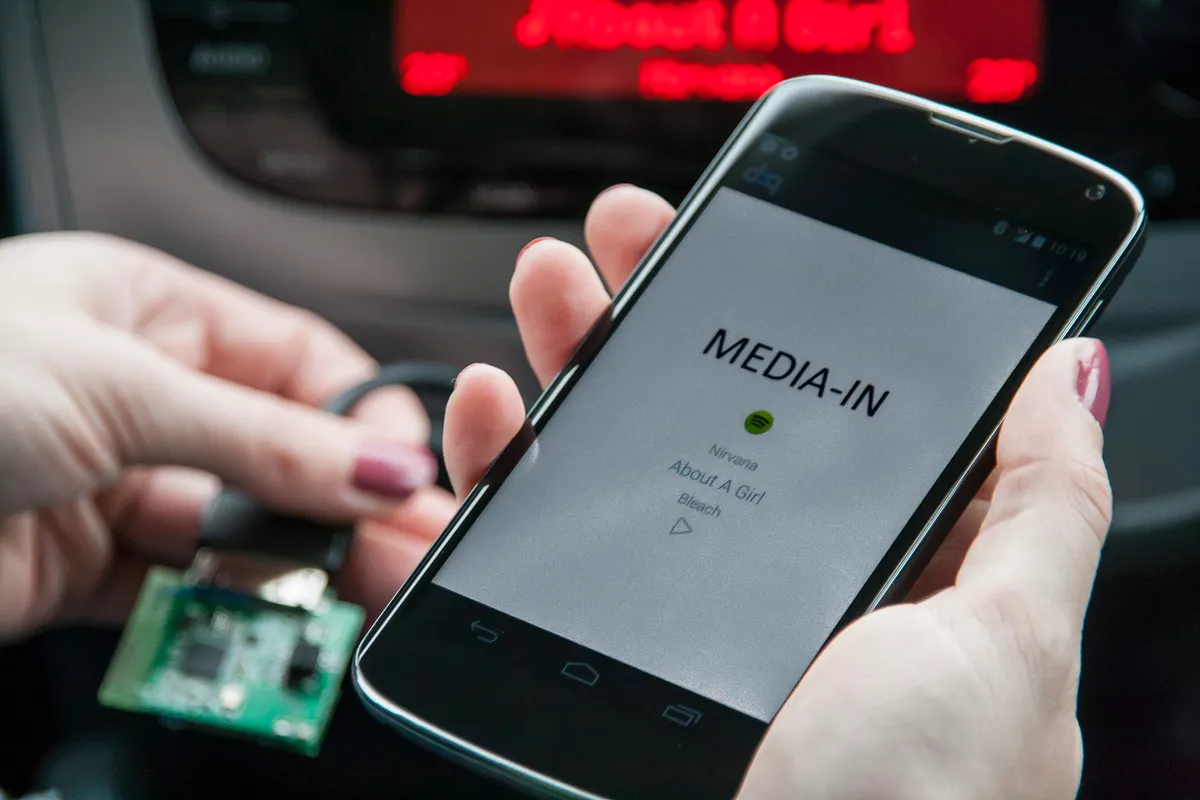
After: the doq adapter connected to the same car (with a late prototype board in the background)
The initial step was building hardware and software tools to sniff and reverse-engineer the iPod’s serial accessory protocol, because only parts of the protocol were documented online. For the first prototypes, I modified existing dock adapters by adding an extra Bluetooth data module as an interface for the iAP protocol. Due to the scarcity of easily programmable microcontrollers at the time, I implemented all data processing tasks – including the accessory protocol and metadata acquisition – within an Android service app. This approach greatly simplified both prototyping and the deployment of updates. The final prototype utilized Bluetooth A2DP (Advanced Audio Distribution Profile) for audio streaming and Bluetooth SPP (Serial Port Profile) for the accessory protocol, while AVRCP (Audio Video Remote Control Profile) supported was planned for a later version. This combination proved stable, and I successfully validated it in various car models from different brands. An added benefit was that the system introduced hands-free calling capabilities to cars lacking this feature and enabled the display of notifications, such as text messages and navigation instructions, directly on car dashboards.
-
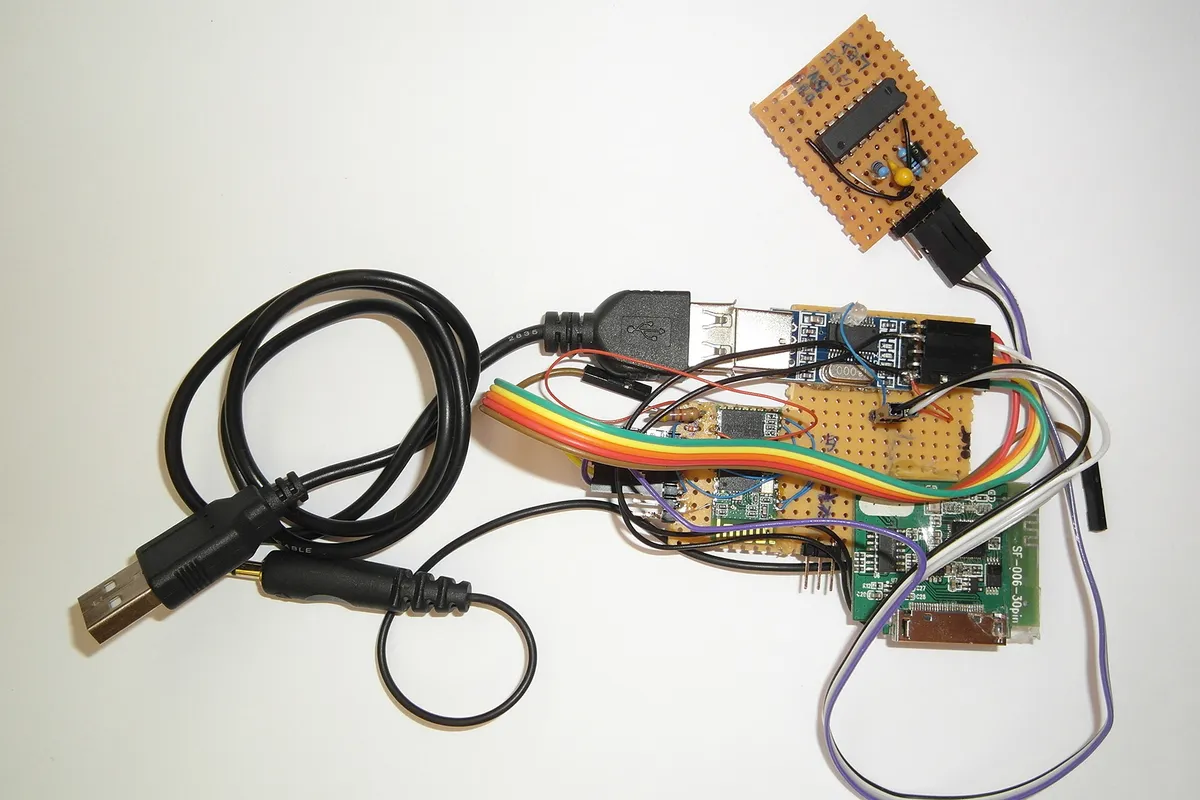
First prototype -
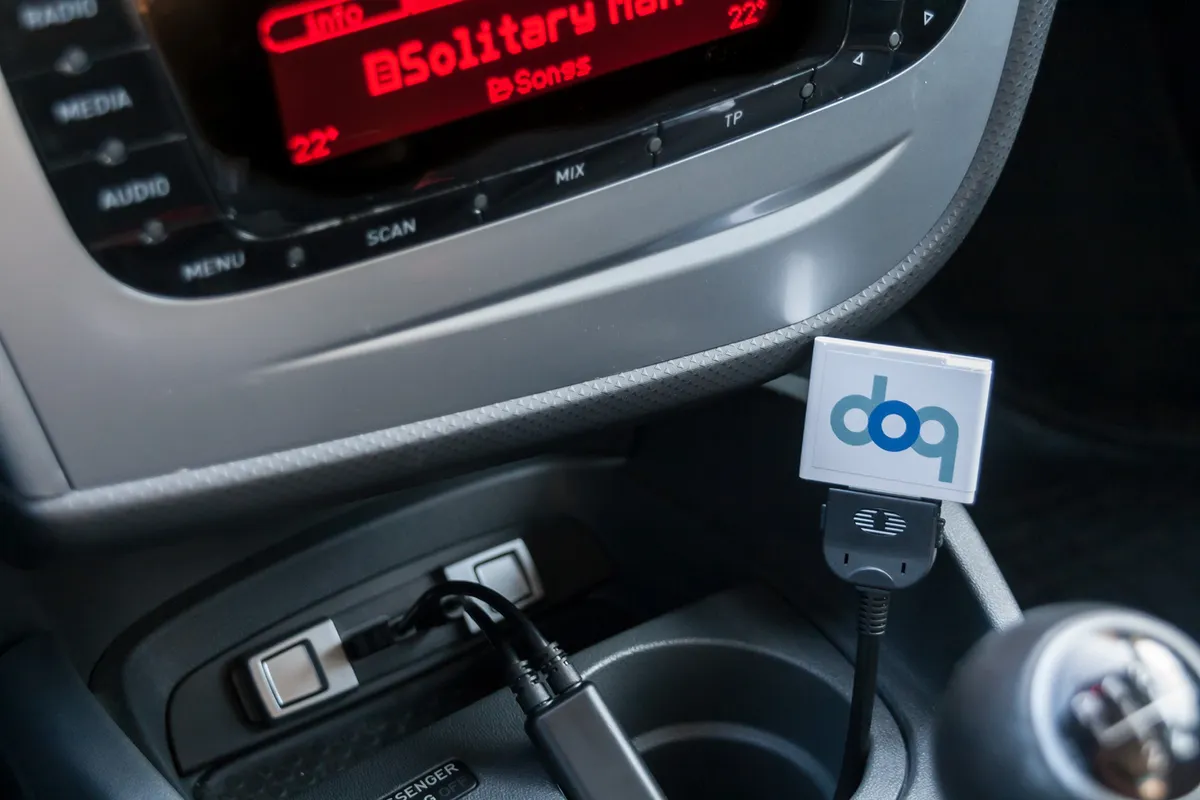
First production sample
A market analysis indicated considerable market potential, but organizing hardware production proved to be a formidable challenge, and so it didn’t evolve into an actual product. I encountered difficulties in sourcing Bluetooth ICs, and the costs of electronic manufacturing services and plastic casing production were prohibitively high. With the advancements in PCB prototyping and 3D printing available today, the process might have been more straightforward.
-
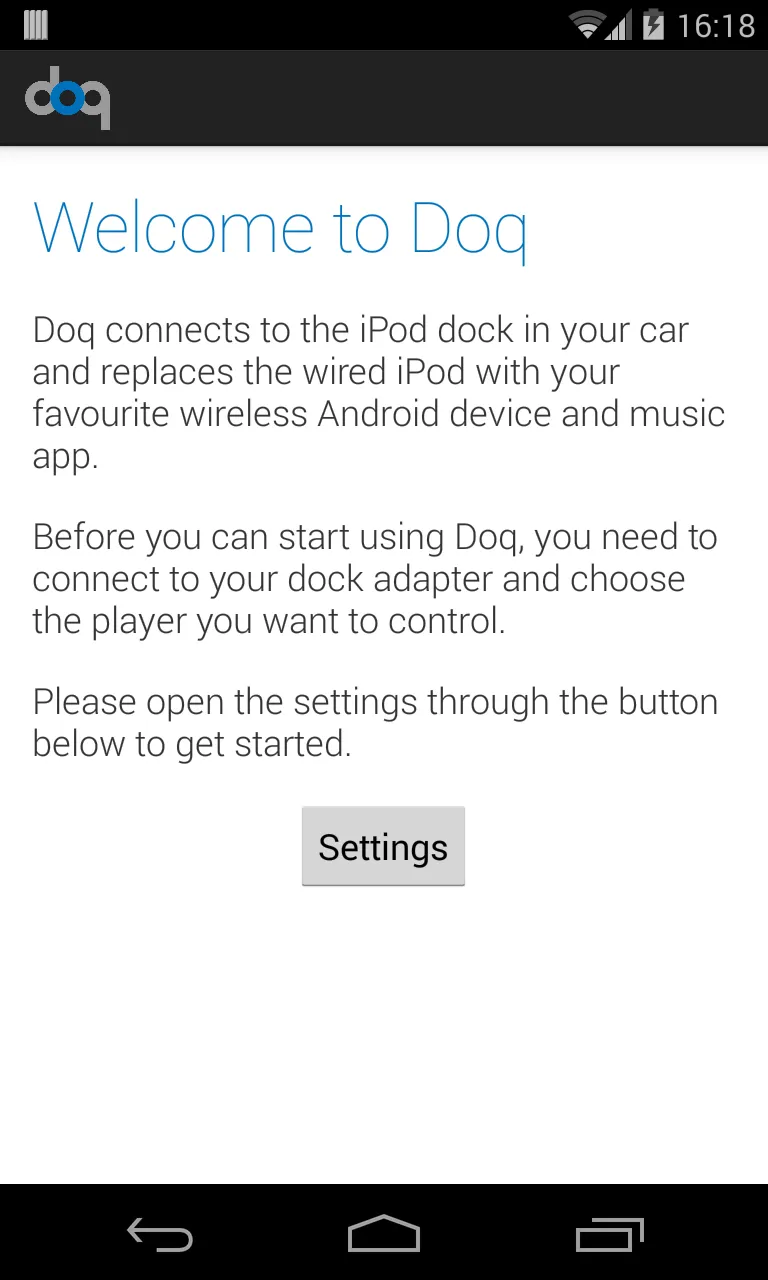
Welcome screen (first launch) -
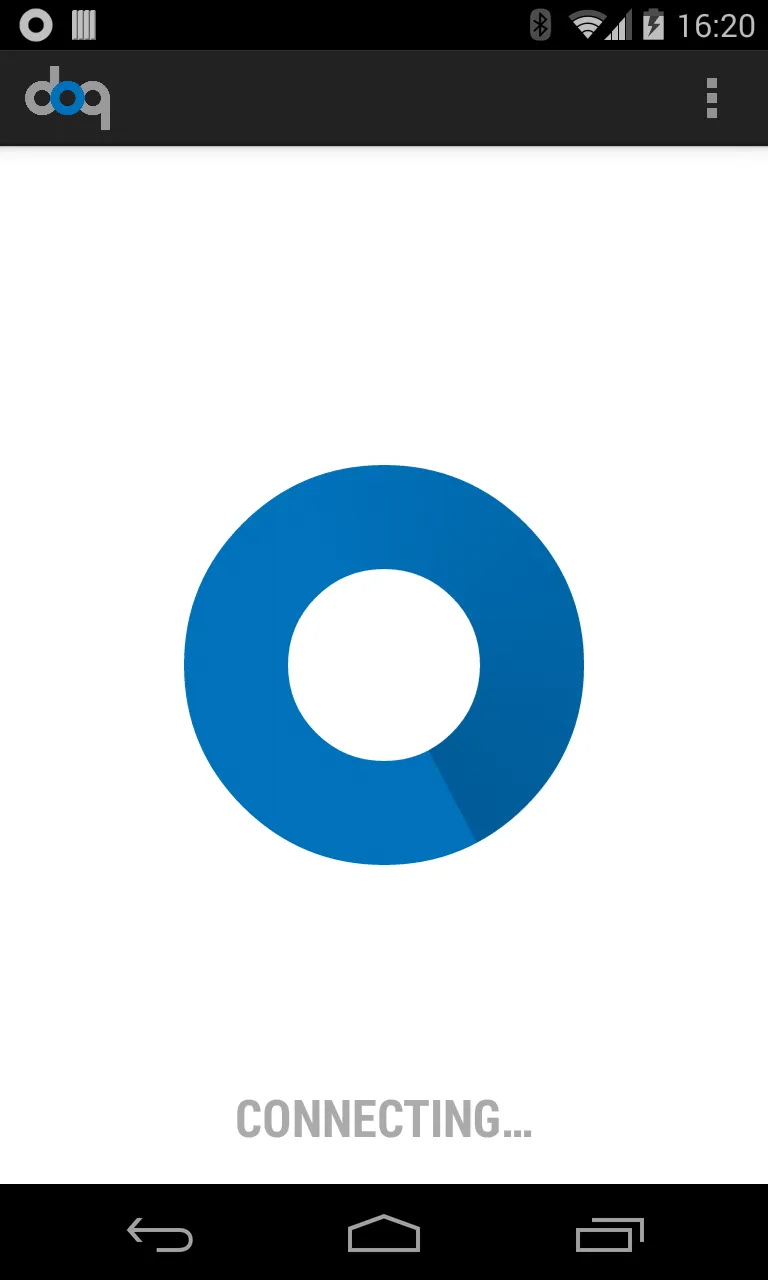
Connection screen -
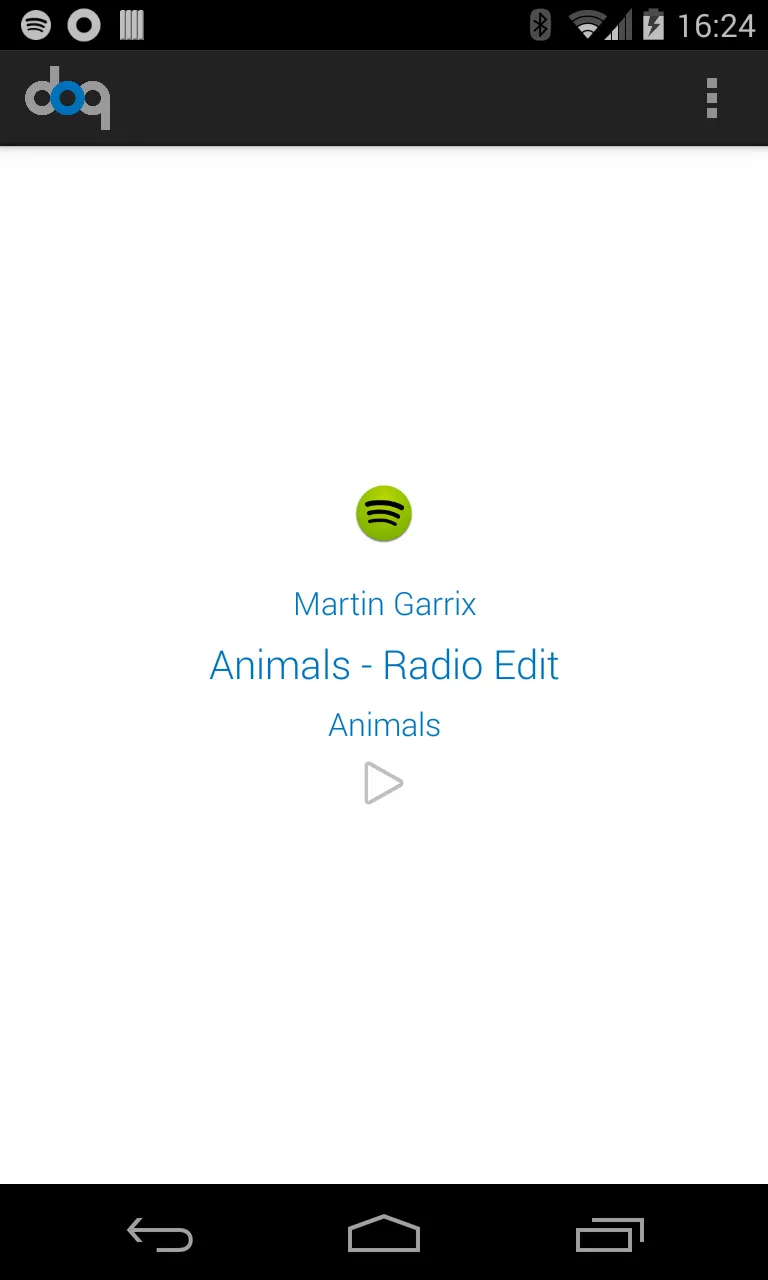
Main screen with music player metadata
This product earned second place in the product category at a contest of an Austrian startup incubator, and the prize I won was, ironically, an iPad :)